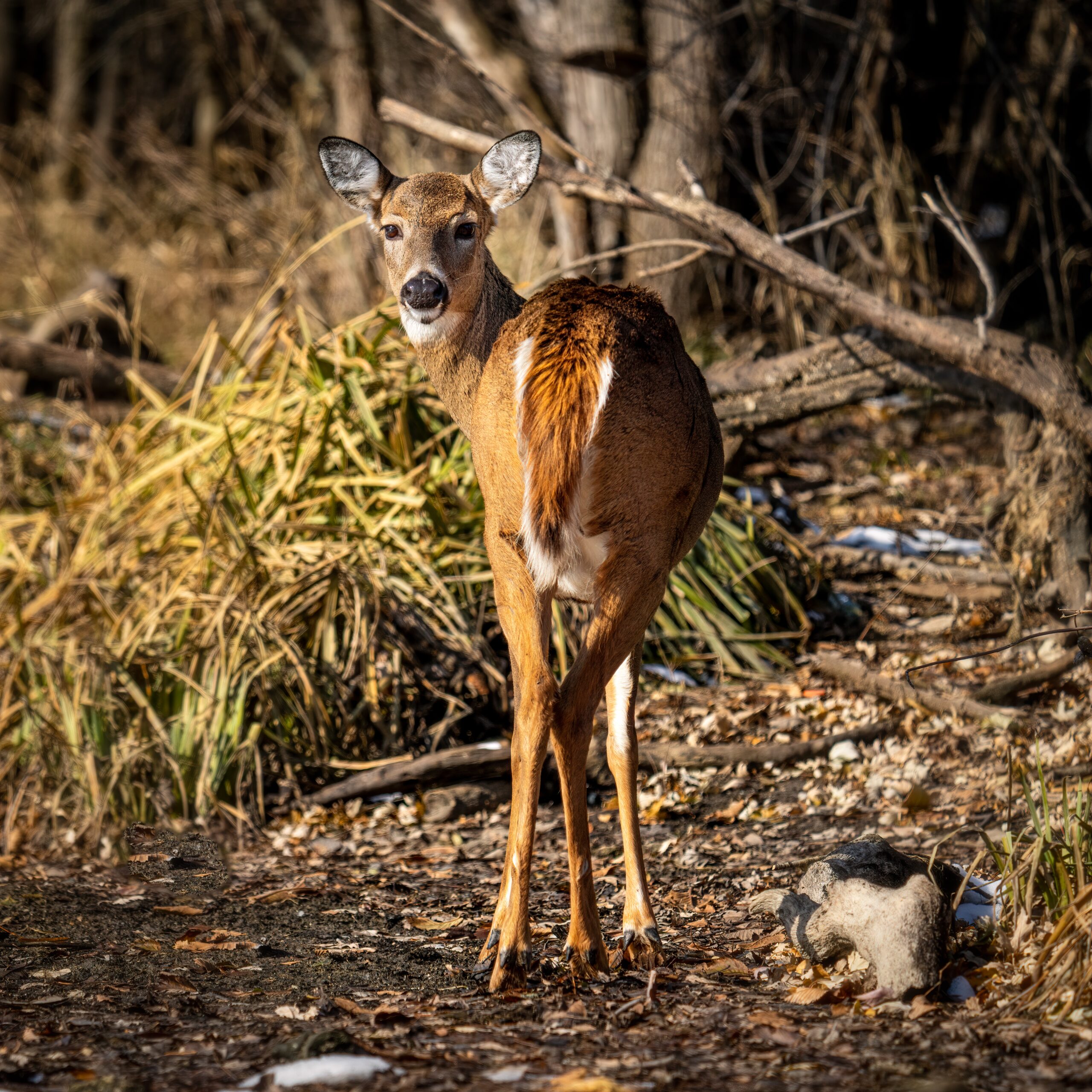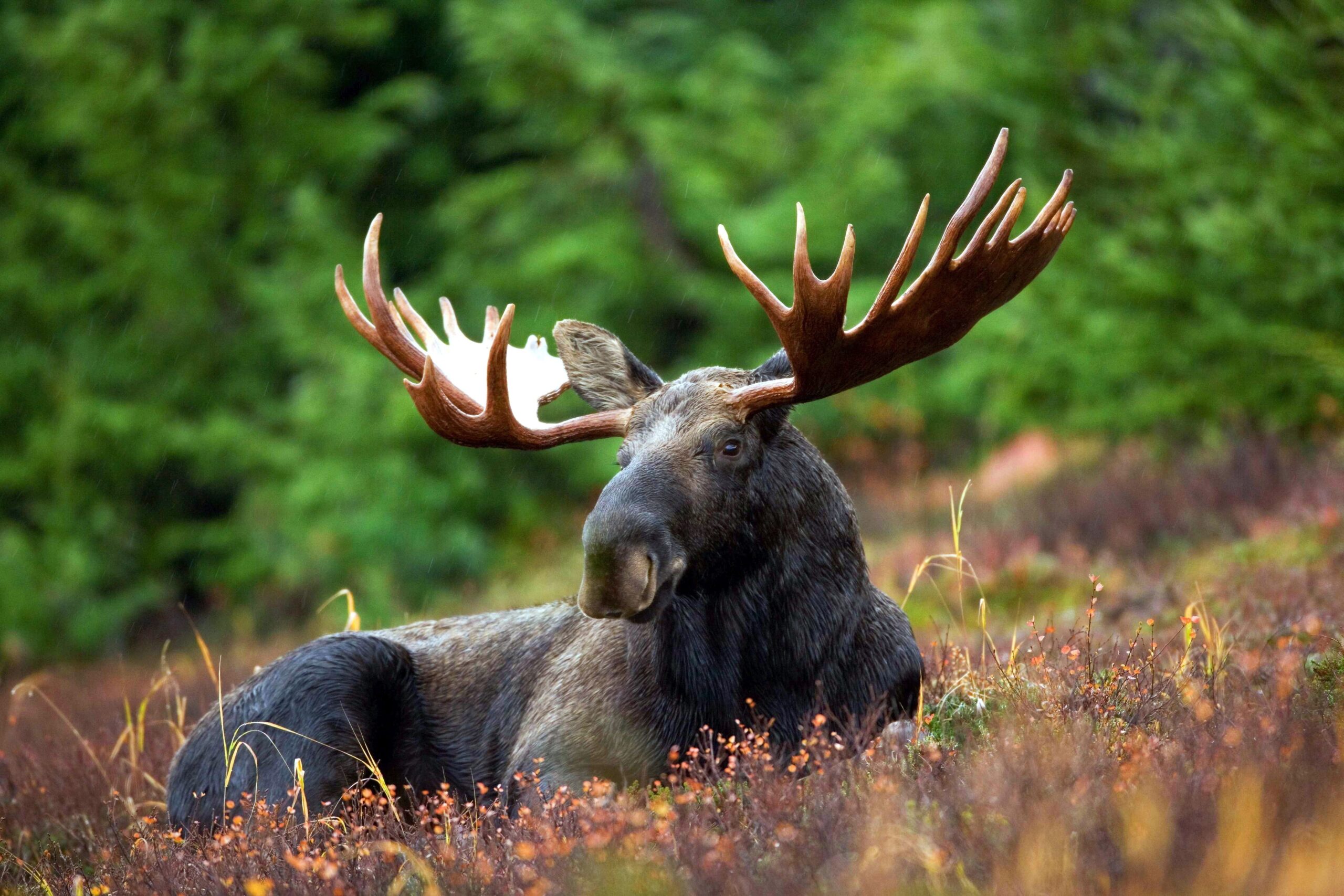Species conservation and collaborative governance in an era of global change
How do federal, state, and non-governmental organizations handle the dynamically changing status and physical presence of plant and animal species? Species movement will accelerate with changes in land use and climate change. Species that are endanger now may improve and vice versa. Thus, management planning from a place-based, siloed approach is difficult.

Goals
The goal of this project is to analyze how species will be impacted by future changes (e.g., land use, climate change), and how management organizations can best respond. There will be an emphasis on shared governance–how organizations can work together on the same goals, utilizing their unique assets, skills, etc.–as a response strategy. Biodiversity in the central and southern Appalachian Mountains will serve as the case study. This area was chosen as it is a key climate refuge and corridor for species and its management falls under multiple jurisdictions. These findings will directly guide policy and biodiversity management decisions.
Methods
This project will use climate change, land use change, and species response models to optimize management decision making. Workshops and semi-structured qualitative interviews will be conducted with key stakeholders to understand how change is currently integrated into planning decisions and opportunities for collaboration.

Paul Armsworth (PI)
Monica Papes (Co-PI)
Bistra Dilkina (Co-PI)
Charles Sims (Co-PI)
Todd Schenk (Co-PI)
Guilherme Silva
- Rising Temperatures Pushing Half Of All Animals To Move Out; Will They Find Better Habitats?, International Business Times, September 15, 2022.
- In a Warmer World, Half of all Species Are on the Move. Where Are They Going?, USC Viterbi School of Engineering, September 8, 2022.



